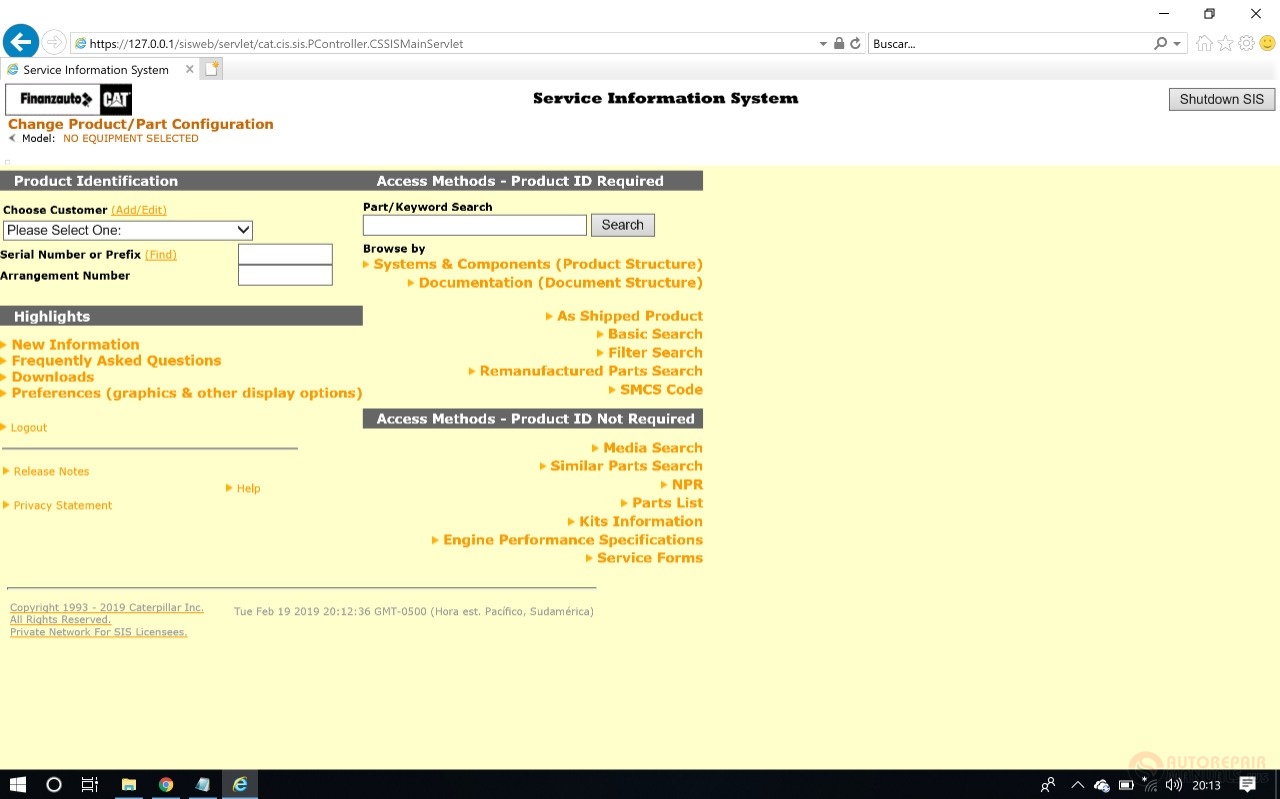
Substantially lower impacts are expected for extreme weather events The IPCC special report has further provided comprehensive evidence on the impacts at global warming of 1.5 ∘C and the impacts avoided compared to higher levels ( Ove Hoegh-Guldberg et al., 2018). Underpinning of the Paris Agreement temperature goal is linked to robust assessments of risks and impacts of climate change that would be avoided by achieving it ( Schleussner et al., 2016 b Pfleiderer et al., 2018). In this context, it is important to emphasise that the scientific The IPCC further stressed that “rapid and far-reaching transitions” are required to achieve those emissions reductions and highlighted the importance of “fundamental societal and systems transitions and transformations” in helping to achieve the 1.5 ∘C limit. Gas emission levels of 25–30 Gt CO 2 eq. yr −1 in 2030, about half of the 52–58 Gt CO 2 eq. yr −1 implied by current Pathways that achieve limiting warming to 1.5 ∘C with no or limited overshoot require total greenhouse The Special Report on Global Warming of 1.5 ∘C (SR1.5) of the Intergovernmental Panel on Climate Change (IPCC) has emphasised the importance of near-term emission reductions to achieve the goals of the Paris Agreement ( Masson-Delmotte et al., 2018). Result in global warming of about 3 ∘C ( United Nations Environment Programme (UNEP), 2017 Climate Analytics, 2018). However, current global efforts and targets are by far insufficient: aggregated mitigation targets under the Nationally Determined Contributions (NDCs) Temperature increase well below 2 ∘C above pre-industrial levels and to pursue efforts to limit to 1.5 ∘C ( UNFCCC, 2015). Under the Paris Agreement of the United Nations Framework Convention onĬlimate Change (UNFCCC), governments have committed to holding Our results underscore that a transformational increase in 2030 ambition is required to achieve the goals of the Paris Agreement and avoid the worst impacts of climate change. An increase in aggregated NDC ambition of big emitters by 33 % in 2030 does not reduce presented climate impacts by more than about half compared to limiting warming to 1.5 ∘C. Scenarios of more incremental NDC improvements do not lead to comparable reductions in climate impacts.

About half of these impacts can be avoided by limiting warming to 1.5 ∘C or below.

Under the assumption of maintaining ambition as reflected in current NDCs up to 2100 and beyond, we project a reduction in the gross domestic product (GDP) in tropical countries of around 60 % compared to a no-climate-change scenario and median long-term sea-level rise of close to 2 m in 2300.
#CAT SIS USER AGREEMENT UPDATE#
We provide estimates for global mean temperature increase by 2100 for different incremental NDC update scenarios and illustrate climate impacts under those median scenarios for extreme temperature, long-term sea-level rise and economic damages for the most vulnerable countries. We find that incremental improvements in reduction targets, even if achieved globally, are insufficient to align collective ambition with the goals of the Paris Agreement. Here we assess the outcomes of different scenarios of NDC updating that fall short of achieving this 1.5 ∘C benchmark. Those pathways are characterised by a substantial increase in near-term action and total greenhouse gas (GHG) emission levels about 50 % lower than what is implied by current NDCs. The recent Special Report on Global Warming of 1.5 ∘C by the Intergovernmental Panel on Climate Change has assessed a wide range of scenarios that achieve the 1.5 ∘C limit. As governments are preparing new and updated NDCs for 2020, the question as to how much collective improvement is achieved is a pivotal one for the credibility of the international climate regime. Current global mitigation ambition up to 2030 under the Paris Agreement, reflected in the National Determined Contributions (NDCs), is insufficient to achieve the agreement's 1.5 ∘C long-term temperature limit.


 0 kommentar(er)
0 kommentar(er)
